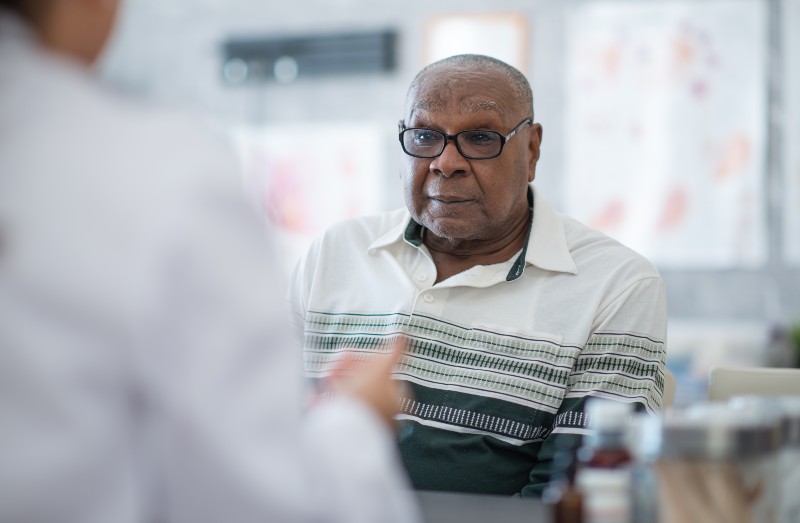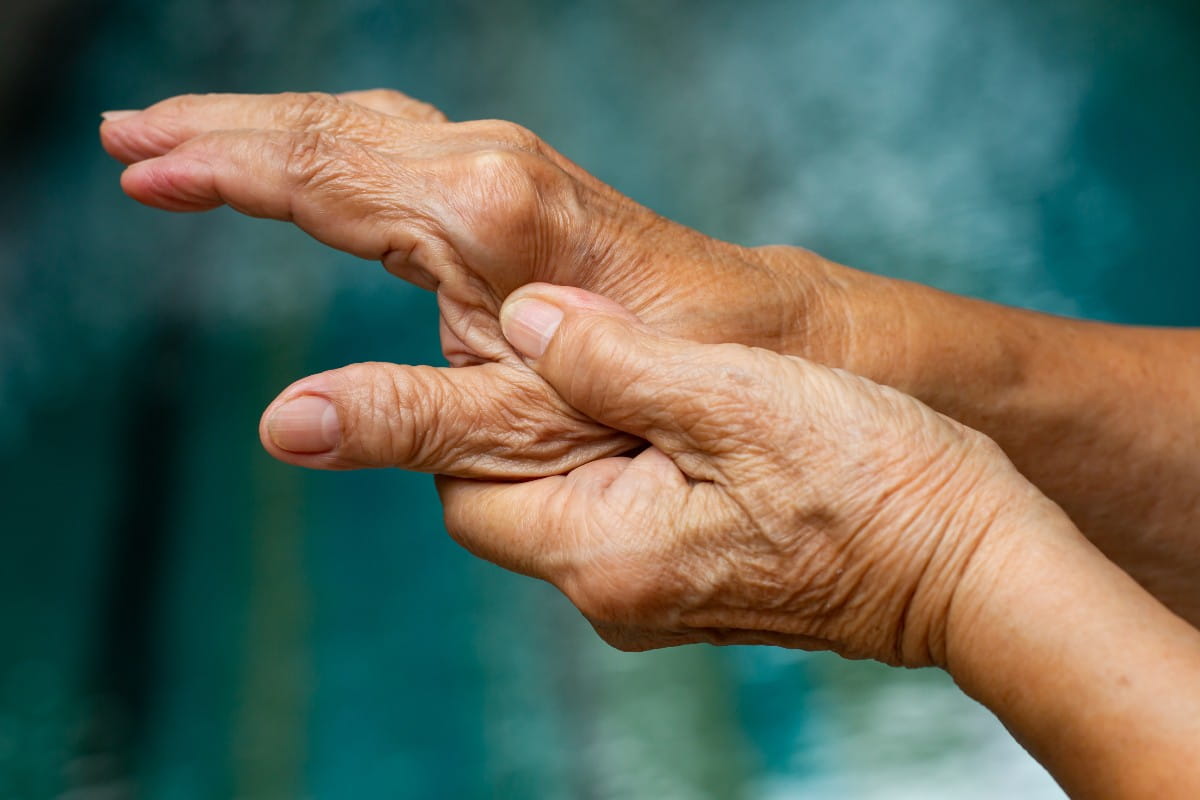About 4.5 million people in the US have a diagnosis of cirrhosis, a liver disease. Researchers suspect the total number of people living with cirrhosis is much higher. Many cases go undiagnosed until the later stages of the disease. As the liver becomes more damaged, the risk for liver cancer increases. The good news is that early detection and prevention can slow the progression of cirrhosis and reduce the likelihood that cancer will develop.
The cirrhosis and liver cancer connection
End-stage liver disease, or cirrhosis, occurs when inactive scar tissue replaces active, healthy liver tissue. Scar tissue prevents the liver from doing its job of storing and metabolizing nutrients, digestion and detoxification. Cells in a cirrhotic liver are more likely to become damaged and cancerous.
“Around 80-90% of people who develop primary liver cancer have cirrhosis,” says Michael Ney, M.D. “However, a diagnosis of cirrhosis isn’t the same as having cancer. You can take steps to slow the progression of your disease and prevent cancer.”
Early symptoms of cirrhosis may be confused for other health problems
Early signs of cirrhosis are easy to miss – loss of appetite, feeling full after eating or drinking a small amount, nausea and fatigue. But as liver damage progresses, the signs are less subtle and include:
- Easy bruising
- Yellow skin or yellow tint to the eyes
- Swelling of the lower extremities (legs, feet, ankles) and abdomen
- Confusion
- Light-colored stools
It’s a good idea to talk to your doctor about these and any other changes in your health, no matter how insignificant they may seem. A thorough assessment can rule out serious health problems, and if something is wrong, your doctor can do specific tests to determine the underlying cause.
Prevent and slow cirrhosis with lifestyle change
Cirrhosis develops over time as the liver becomes injured from viral infections (like hepatitis b or c), alcohol, diabetes and obesity. These conditions overwork the liver, and eventually, it cannot keep up.
You can prevent cirrhosis by living a healthy style and avoiding behaviors that damage your liver. Here are some ways to reduce your risk of cirrhosis:
- Drink alcohol in moderation or not at all
- Eat a healthy balanced diet filled with minimally processed foods like vegetables and fruits
- Avoid added sugars
- Maintain a healthy body weight
- Exercise regularly and build movement into your day
- Don’t share needles for illicit or prescription drug use
- Treat viral hepatitis with medication
- Practice safe sex
Cirrhosis is not reversible, and there is no cure. However, lifestyle changes can help slow the progression of liver damage. For some, a liver transplant may also be an option.
Talk to your doctor about liver health and screening for liver cancer
Patients with cirrhosis are at higher risk for developing liver cancer. There are imaging tests that can be done every 6 months to detect liver cancer earlier, when it is easier to treat.
If you or a loved one have cirrhosis, talk to your doctor about your options. In many cases, lifestyle measures can slow the progression and improve the quality of life. More time often means more options for life-saving and life-enhancing care.
Learn more about liver cancer detection and treatment, or schedule an appointment to discuss your symptoms or concerns with a health care provider.



